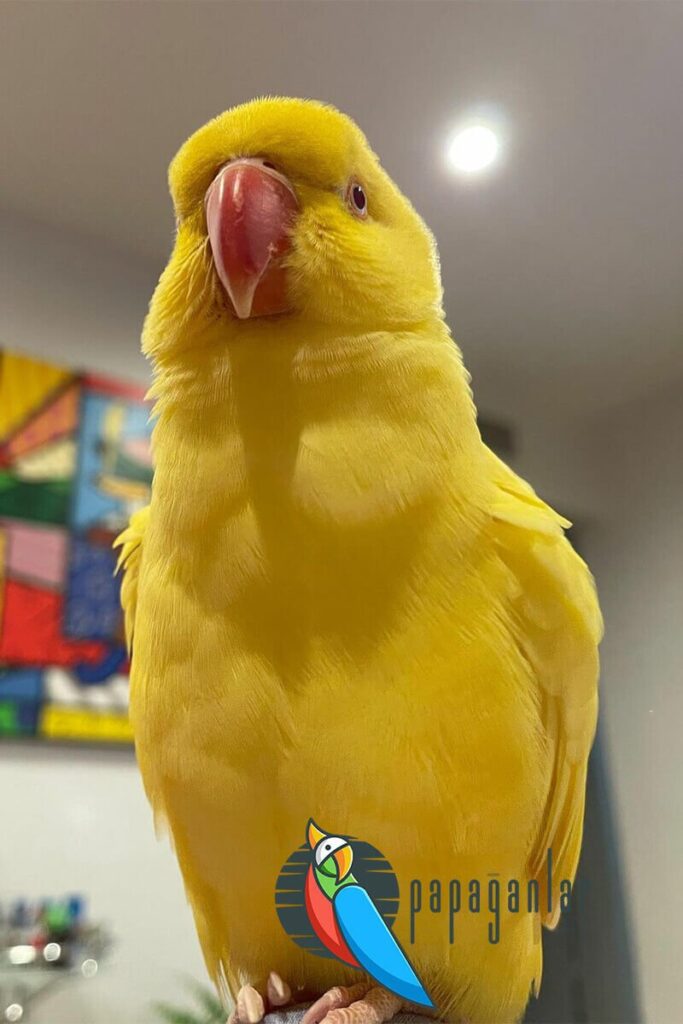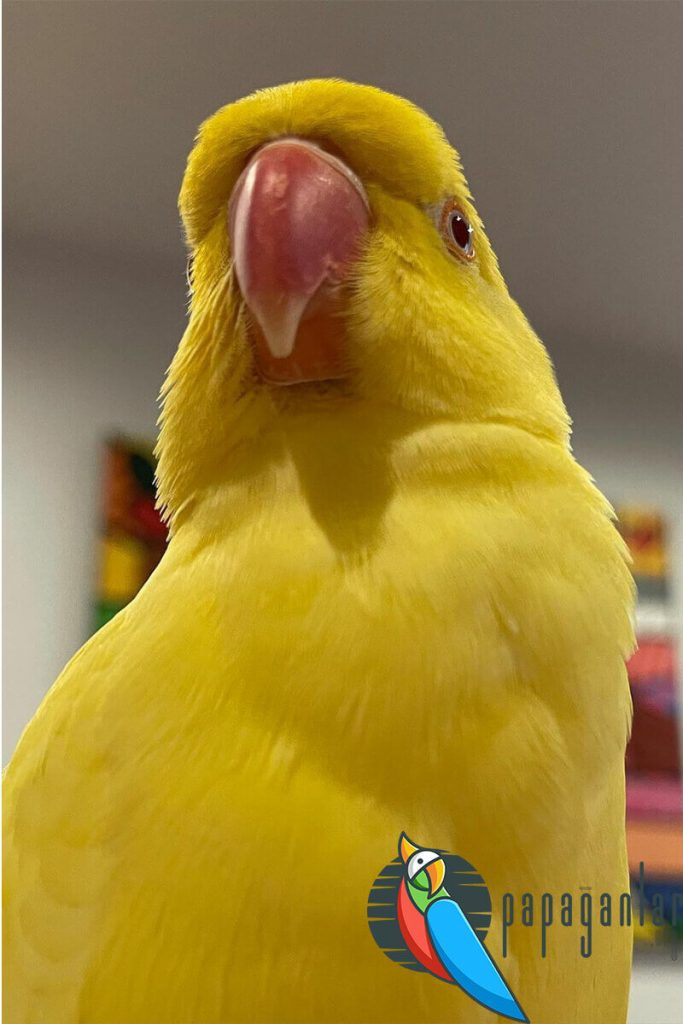Blog
Alexander Parrot Prices from the Manufacturer
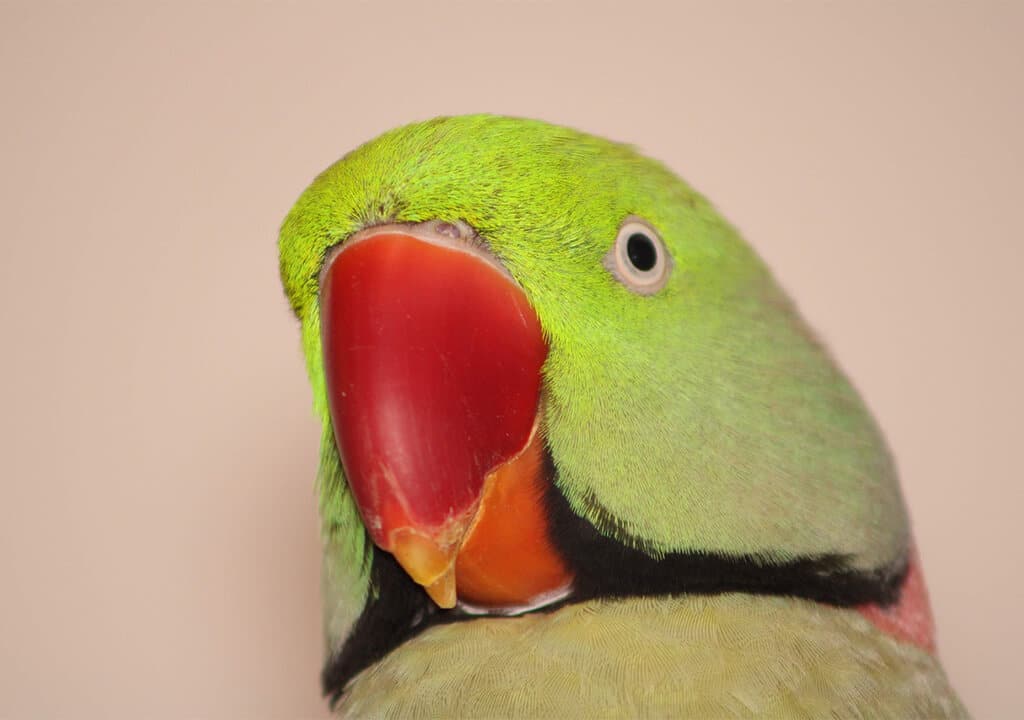
Feeding parrotsat home has started to attract great attention recently. Parrots, which are both talkative and affectionate, can be seen as a roommate, especially for those who live alone at home. While there are many options from pet shops for those who want to keep pet parrots at home, Alexander parrots can also be preferred.
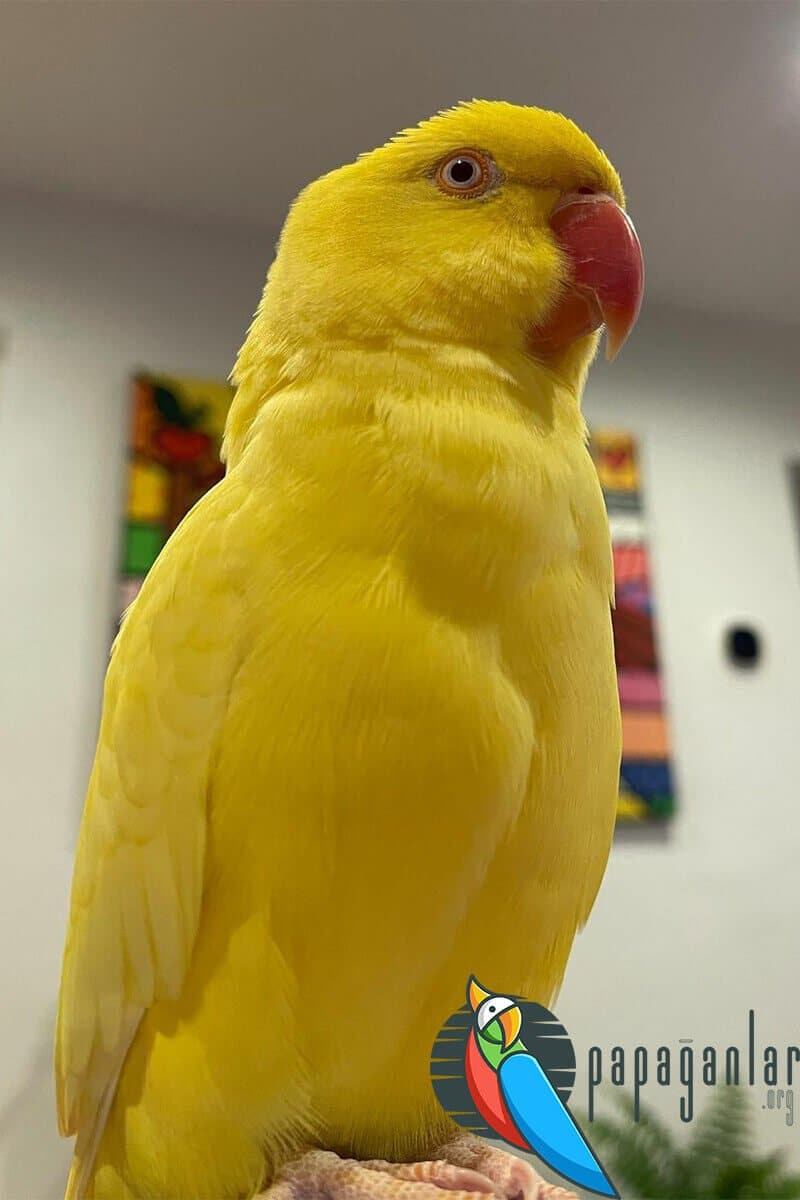
The prices of the Alexander parrot, which is called Psittacula krameri and comes from a Latin origin, also offer different options for its owner. Another known name of the Alexander parrot is the Alexander parrot or the green parrot. These parrots, who live in small flocks, have gradually become accustomed to the home environment in city life and have begun to live alone.
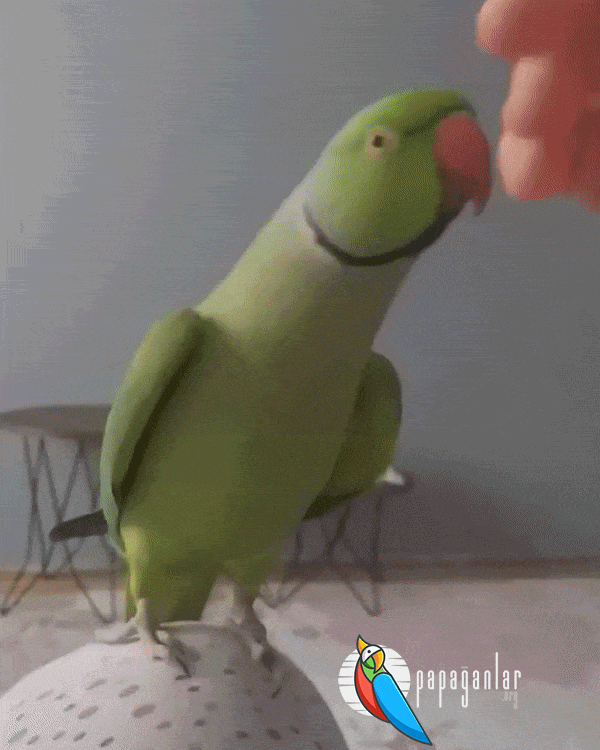
What Are the Characteristics of the Alexander Parrot?
The external feature of the Alexander parrot is green. Feathers also have different shades of green. The color in the beak area is red. There are differences in the neck part of males and females. The female Alexander parrot does not have a band appearance, but the male Alexander parrot has a black neck ring and a pink band at the nape.
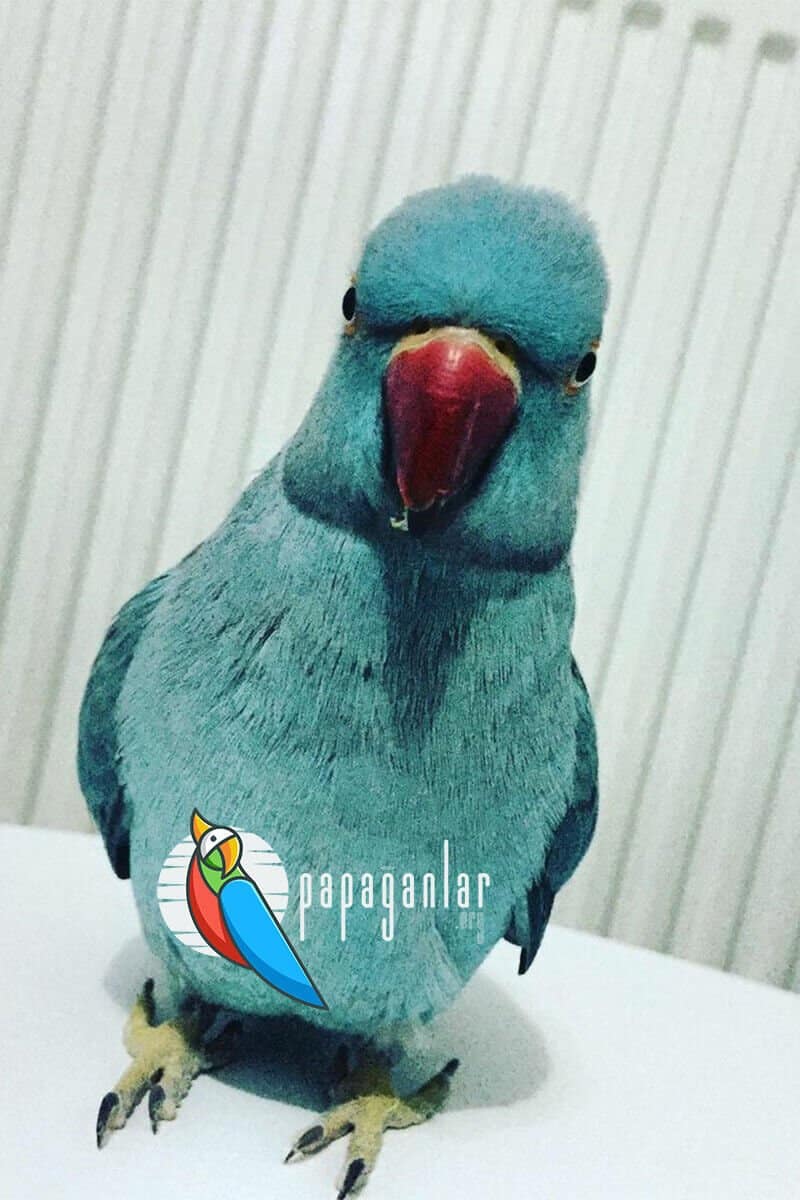
Alexander parrots reach 40 cm in length. They weigh up to 400 grams. They prefer to live in tree trunks in their natural habitats. It can be faster in flying than other species and it is a species that makes different sounds while flying. Their life span can range from 15 years to 30 years. Despite all these features, Alexander parrot prices are suitable for its owner.
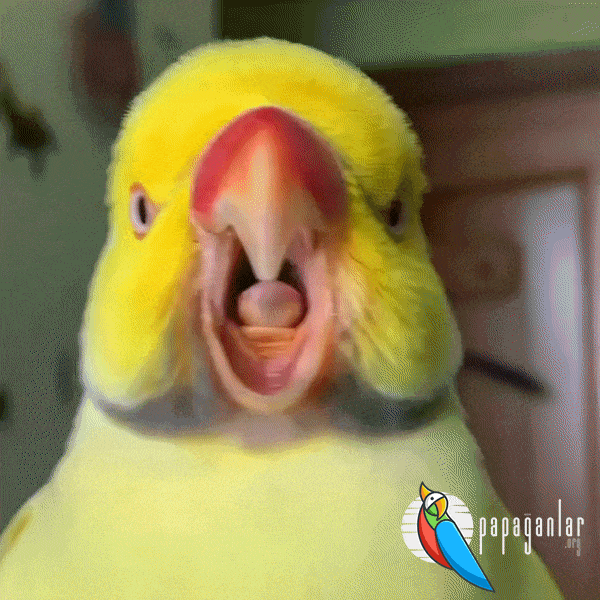
How to Care for a Alexander Parrot?
The Alexander parrot is the most difficult parrot species to care for in the home environment. In terms of speech, it is a weak parrot compared to other species. That’s why Alexander parrot prices are lower than the producer. If she is given a good education, she can be able to speak. If you do not have enough time to take care of it, you should not choose to buy a Alexander parrot.

If the parrot does not receive attention, it will get stressed and become even more withdrawn. In the diet of Alexander parrots, they eat fruits and seeds in their natural environment, like other parrot species. Seeds and fruits can also be preferred for home-made nutrition. In addition to seeds, feeds containing grains are also used as a support during the feeding phase. In the form of fruit nutrition, you should help the fruit to be consumed thinly by slicing it.




